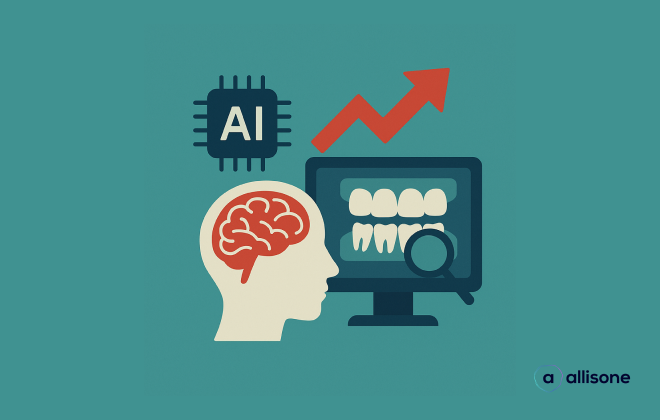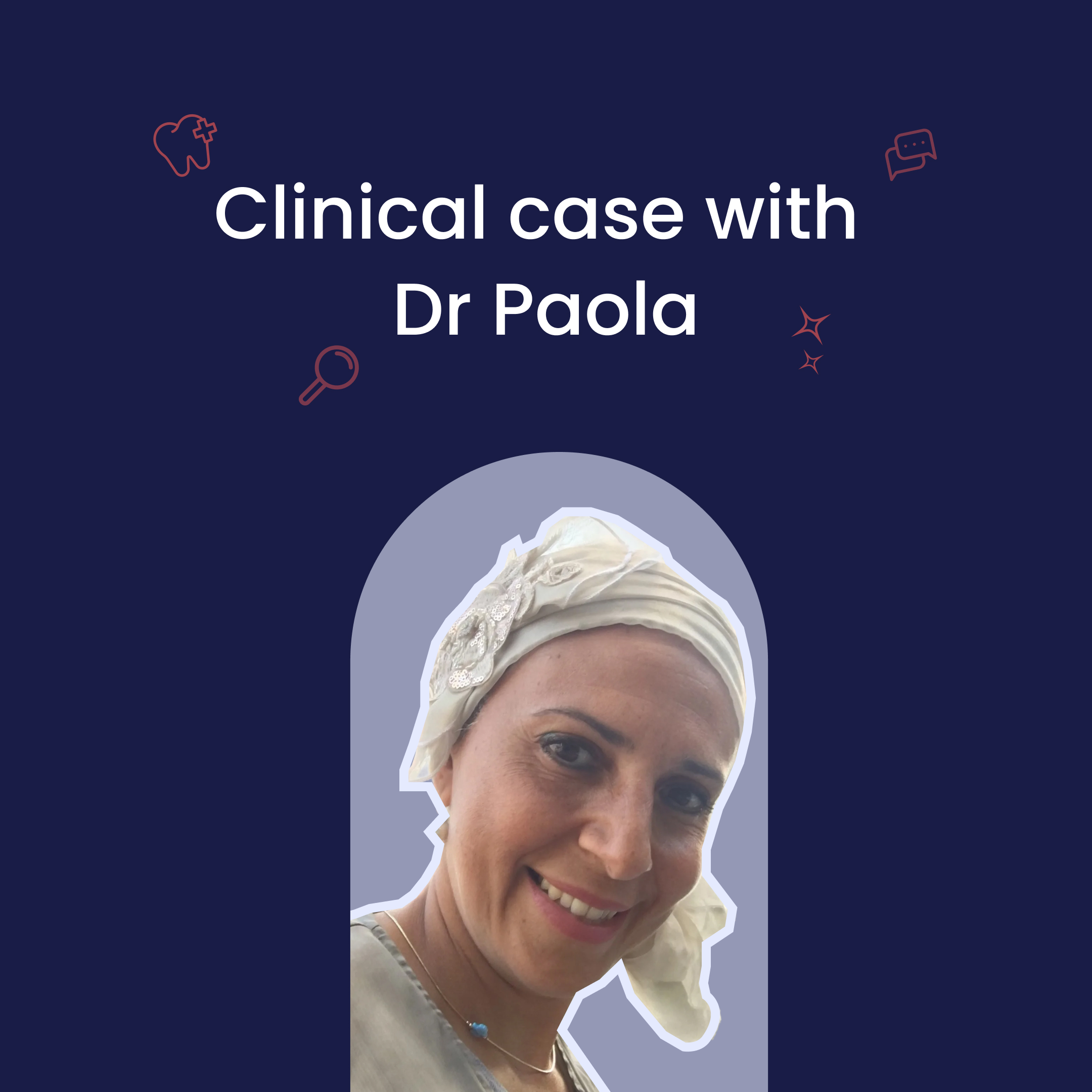
Its potential is still not well known by most practitioners, but its applications will soon be essential and its performance will make it indispensable: teledentistry provides professionals and their patients with numerous tools for more efficient care and a more fluid patient relationship.
More than one in two dentists have never heard of teledentistry. According to a study published in March 2022 in the journal Digital Health*, 57% of practitioners don't know what the term covers.
However, teledentistry has grown rapidly in the last two years: in particular because in the first weeks of the Covid-19 health crisis, when the spread of the virus had to be controlled, teleconsultation became the only alternative to systematic office consultations.
Teledentistry to effectively evaluate your patient contact
But teledentistry is not only about being able to exchange visio or email with your patients: it is omnipresent as soon as a digital tool comes into play. It starts even before making an appointment: social networks and websites are the first channels that allow your patients to become familiar with your practice and your office before they even set foot in it.
It continues with online appointments, via the website of the dental office or center, or through a dedicated platform.
Then comes the famous teleconsultation, which allows for a quick assessment of the urgency of an appointment at the office. This allows for the objective prioritization of one patient over another.
Teledentistry to facilitate exchanges with your partners
Teledentistry is also about tools that promote fluid and efficient exchanges with your partners. Digital technologies make it possible to send a scan directly to the prosthodontist and to all the specialists with whom you usually work. This facilitated communication involves the use of optical cameras, which allow for more precise impressions than with alginate. A method that is not only faster but also more comfortable for your patients.
Teledentistry to simplify your administrative tasks
Teledentistry, globally, is developing massively and rapidly. Although the less technophile members of the profession will certainly resist for some time to come, its development is absolutely unavoidable.
Firstly, because it facilitates daily life, and in particular the administrative management of files and patients: the most efficient dental software allows you to save between 5 and 15 minutes per consultation. This precious time can be devoted to chairside teaching, which is essential to encourage patient compliance with their treatment.
Teledentistry to optimize your care procedures
And then, quite simply, teledentistry tools allow to reinforce the professionalism of the practitioners: we sometimes talk about augmented dentistry. 3D scanning assistance or communication aids such as those developed by Allisone for example, simplify patient communication.
Although they will never replace the dentist or his assistant, the most efficient teledentistry tools can be likened to a magnifying glass: you can work without, but you work better with.
A revolution for practitioners and their patients
The rise of teledentistry is, as you will have understood, a crucial revolution for practitioners but also for patients.
As teleconsultation becomes more sophisticated and widespread, it will increasingly contribute to the opening up of areas suffering from a shortage of healthcare services, in particular by enabling better triage of emergencies.
By significantly reducing the time spent on administrative management of files (insurance and reimbursement requests in particular) and reconstructing histories (medical, dental and habits), the new technologies will make it possible to devote more time to teaching and to the heart of the dental surgeon's profession: treatment.
This refocusing on the primary mission of the dental surgeon will also be facilitated by the widespread use of artificial intelligence tools.
Finally, all applications related to teledentistry already contribute and will continue to contribute to better patient education and therefore to better oral health of the general population.
*survey based on a questionnaire sent by the National Dental Association to more than 42,000 professionals at the end of 2020
Learn more about Allisone.
Articles en lien
Lorem ipsum dolor sit amet, consectetur adipiscing elit.

Comment l’intelligence artificielle optimise le diagnostic médical et la compréhension patients

L'avenir des cabinets dentaires : intelligence artificielle et gestion connectée au service des praticiens






